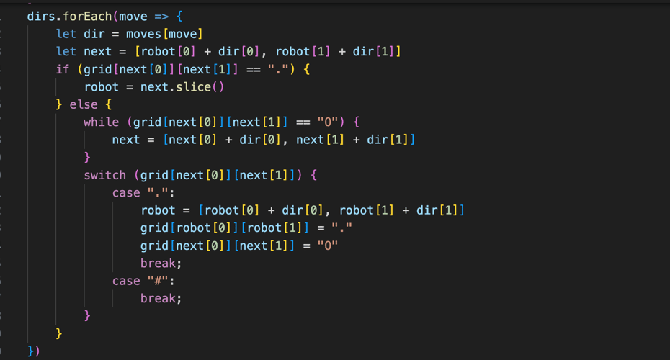Dev
1M
185

Image Credit: Dev
Warehouse Woes
- The article discusses simulating movements in a Sokoban puzzle game through algorithms.
- Different movement scenarios are considered, such as moving onto empty spaces, walls, and objects.
- The algorithm involves tracking positions, recalculating moves for object interactions, and handling swaps.
- The program logic is iteratively refined to ensure accurate movement simulation.
- Debugging is crucial to identify and resolve issues in the algorithm implementation.
- The author successfully implements the algorithm for part 1 of the puzzle.
- After verifying correctness with test inputs, the algorithm is run on the actual puzzle input.
- The author calculates scores based on box positions to determine the final answer.
- The algorithm yields correct results for both the example and puzzle inputs.
- Despite the challenges in part 1, the author decides not to attempt the more complex part 2.
Read Full Article
11 Likes
For uninterrupted reading, download the app